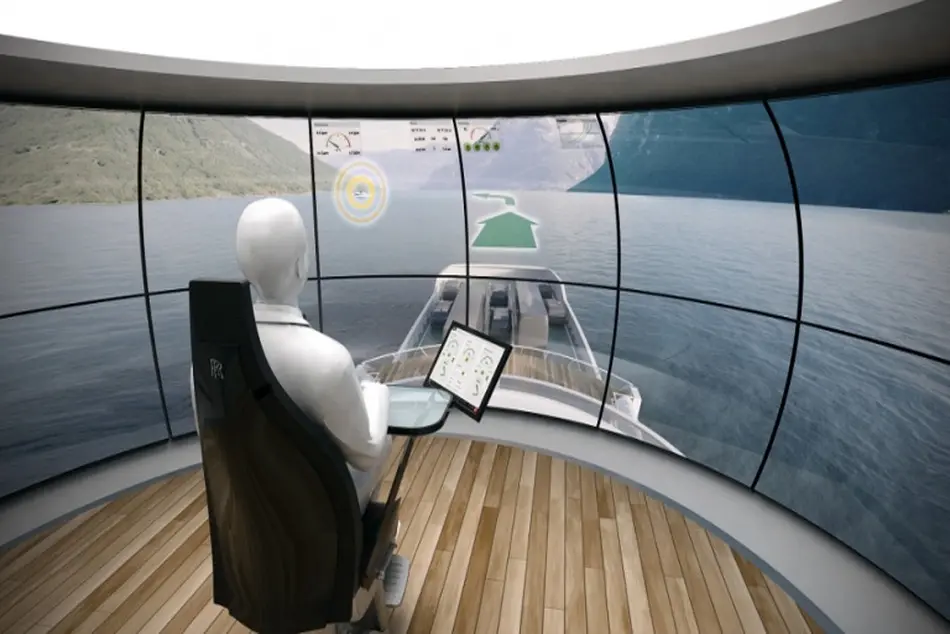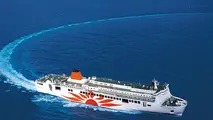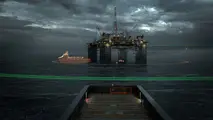Rolls-Royce and Intel partner on autonomous shipping project
Rolls-Royce and Intel partner on autonomous shipping project.

Rolls-Royce and Intel partner on autonomous shipping project.
Rolls-Royce has recently developed the Intelligent Awareness System, which uses AI-based sensor fusion and decision-making technology to process information from a wide range of sources, including lidar, radar, thermal cameras, High Definition cameras, satellite data and weather forecasts.
This should help to improve maritime safety by making the ships’ crew more aware of their surroundings and the environmental conditions, and allowing them to detect other vessels or objects kilometres away, even in busy ports.
This is particularly important at night, in adverse weather conditions, or in congested waters, according to Kevin Daffey, director of ship intelligence at Rolls-Royce.
“It presents an unparalleled situational awareness of what’s around the vessel to the watch-keepers on the bridge, including distances, the names of the vessels that are near them, or how far they are from land,” he said.
“Over the next three years we’ll begin to see the first commercially-operated ships with some degree of autonomous functionality on board, moving towards vessels that can make their own decisions from around 2025 onwards,” he said.
Dangerous conditions in the ocean have resulted in 1,129 shipping losses over the past 10 years, of which 70-90 per cent have involved a human decision that contributed to the accident, said Daffey.
Intelligent shipping systems can reduce the potential for human error by automating routine tasks and processes, freeing the crew to focus on critical decision-making. It also means some crew members can be taken off the ship and on to shore, where they are less at risk, said Daffey.
Each vessel can capture up to one terabyte of information from the various sensors per day, or 30-40TB over a month-long voyage. To cope with all of this incoming data, the systems use Intel Xeon Scalable processors.
The data is stored in 3D NAND SSDs, a type of solid-state storage device using flash memory, in which memory cells are stacked vertically in multiple layers. These act as a “black box”, allowing the information to be accessed for analysis and training once the ship has docked.

Rolls-Royce recently carried out a pilot off the coast of Japan, in which the technology helped the crew of a passenger ferry owned by Japanese shipping company Mitsui O.S.K. Lines to detect potential obstacles in the water when traveling at night.
The company is now developing autonomous navigation technology, to allow vessels to safely navigate from their port of departure to their port of arrival, in the safest and most efficient way possible, said Daffey.
“That is what we are working on at the moment, this ability for route-planning, collision avoidance, tracking the vessel to make sure it will arrive at its destination when it’s meant to,” he said.



